
The end of the school year is fast approaching with the third term either over or about to end and the start of the fourth term looming ahead. There never seems to be enough time in the last term with making sure students have met all their learning outcomes for the year and with final reports to be prepared. The OpenSTEM® Understanding Our World® program takes the stress out of the fourth term as far as possible, ensuring that all curriculum items are covered well before the end of term and students are kept occupied with consolidation tasks so that teachers can prepare reports.
In units for Years 5 (Shaping Society, Working Together) and 6 (We Are One, But We Are Many), students have an assignment on a topic from Australian history and several of the suggested topics cover migrants to Australia, especially those from Asian countries. There is also a discussion about why people might become refugees, through factors such as war and natural disasters, or choose to migrate for a range of other reasons. Students in most year levels are examining cultural diversity and the make-up of Australian society.
In the news this week there is a story that has some relevance to these topics. Migrants and refugees from Asia make up a small but significant part of the numbers of people who come to Australia and find a home here, just as they have done since early colonial times. Many migrant and refugee women have experienced trauma and/or have come from countries where women’s place in society is very different than in our own. Some of these, just as in the rest of society, are single mothers or women at risk. However, they often face extra hurdles resulting from their history in their country of origin. For example, many women from Asian and African countries can not drive, either because they have not had the opportunity to learn, or it may even have been culturally inappropriate. The lack of a driver’s licence severely impacts their ability to get a job and transport themselves and their children to activities, including school and sports.
Access Community Services in Logan, south of Brisbane, has a Women at the Wheel program to help women prepare for a driving test. Currently there are women from Afghanistan, Burma and Somalia in the program and there is a very long waiting list for places. The program tries to match women with instructors who speak their native language to help them to understand the nuances of Australian road rules clearly. The women are delighted with the program, reporting that they find it very empowering and citing that having a driver’s licence will help them to find employment and transport themselves and their children as needed, making them independent and contributing members of the community.
In a way, these women finding a role for themselves in the community through learning to drive cars is almost reminiscent of the Afghan cameleers of the 19th century (shown above), who came to Australia to lead camel caravans, assisting explorers and taking the goods produced by farmers in isolated areas to market. Some of these people, from many places across the Asian subcontinent, chose to stay in Australia and adapted with the changing society, finding new roles for themselves and contributing to society in a range of ways, not least culturally and by enhancing the range of food and restaurant options available. The strength of Australia lies in the way that we pull together when times are tough and people need help. Aussies have always had a reputation for helping those in need and it is great to see this spirit continue today as people work together to build a better society.


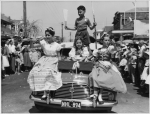 6th June: This year Wednesday 6 June was marked by the opening match of the annual State of Origin rugby league series between the NSW Blues and the Qld Maroons. Whilst rugby league has its own fascinating
6th June: This year Wednesday 6 June was marked by the opening match of the annual State of Origin rugby league series between the NSW Blues and the Qld Maroons. Whilst rugby league has its own fascinating 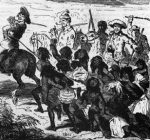 10th June: A more tragic event in Australian history is the
10th June: A more tragic event in Australian history is the 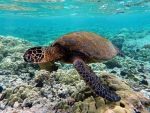 11th June: On this day in 1770,
11th June: On this day in 1770, 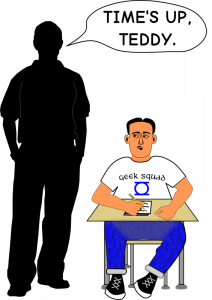
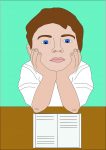 It is the time of year when the thoughts of teachers of students in years 3, 5, 7 and 9 turn (not so) lightly to NAPLAN. I’m sure many of you are aware of the controversial
It is the time of year when the thoughts of teachers of students in years 3, 5, 7 and 9 turn (not so) lightly to NAPLAN. I’m sure many of you are aware of the controversial 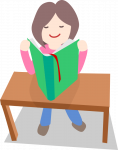 Perelman had been asked to review the planned robot-marking of NAPLAN essays in October 2017, and his criticism was so harsh that the plan was scrapped. ACARA seems to be taking Perelman’s concerns seriously. ACARA have stated that they believe that teachers focus on building and expanding the vocabulary of students and students should be able to use this vocabulary in “meaningful, constructive ways”. It seems certain that ACARA will re-evaluate the marking of NAPLAN essays in the face of these criticisms.
Perelman had been asked to review the planned robot-marking of NAPLAN essays in October 2017, and his criticism was so harsh that the plan was scrapped. ACARA seems to be taking Perelman’s concerns seriously. ACARA have stated that they believe that teachers focus on building and expanding the vocabulary of students and students should be able to use this vocabulary in “meaningful, constructive ways”. It seems certain that ACARA will re-evaluate the marking of NAPLAN essays in the face of these criticisms.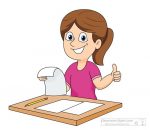 Teachers have already reported to us that they find these
Teachers have already reported to us that they find these 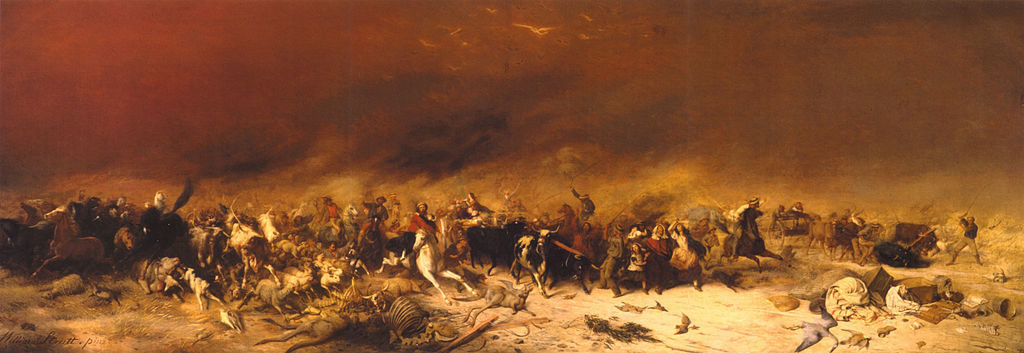
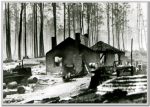
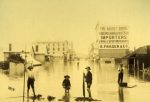
 The modern Olympic games were started by Frenchman Henri de Baillot-Latour to promote international understanding. The first games of the modern era were held in 1896 in Athens, Greece. Australia has competed in all the Olympic games of the modern era, although our participation in the first one was almost by chance. Of course, the Olympics predated Federation by 5 years, so there was officially no “Australia” as a unified country – rather a collection of separate colonies of Britain. In fact, OpenSTEM®‘s
The modern Olympic games were started by Frenchman Henri de Baillot-Latour to promote international understanding. The first games of the modern era were held in 1896 in Athens, Greece. Australia has competed in all the Olympic games of the modern era, although our participation in the first one was almost by chance. Of course, the Olympics predated Federation by 5 years, so there was officially no “Australia” as a unified country – rather a collection of separate colonies of Britain. In fact, OpenSTEM®‘s 



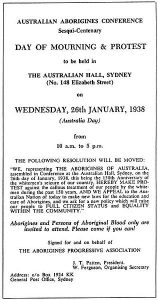
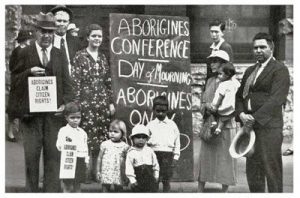
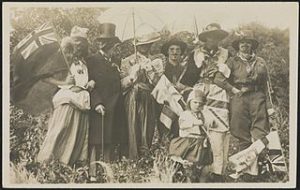 The Sydney Morning Herald of 17 June, 1915, announced that this was supported by the Premier of NSW, and various of his ministers. The date was set for this celebration for 30 July, 1915. Many states turned the celebration into a giant pageant or carnival, some incorporating it with the state’s agricultural Exhibition for that year. The day was celebrated on 28 July, 1916; 27 July, 1917 and 26 July, 1918. Each year the celebration got bigger, with cake stalls, refreshment stands, bands, concerts, demonstration sports, etc. and people dressed in a myriad of costumes. The fund-raising was a huge success too, with figures of £120,000 being mentioned – an enormous sum of money at that time!
The Sydney Morning Herald of 17 June, 1915, announced that this was supported by the Premier of NSW, and various of his ministers. The date was set for this celebration for 30 July, 1915. Many states turned the celebration into a giant pageant or carnival, some incorporating it with the state’s agricultural Exhibition for that year. The day was celebrated on 28 July, 1916; 27 July, 1917 and 26 July, 1918. Each year the celebration got bigger, with cake stalls, refreshment stands, bands, concerts, demonstration sports, etc. and people dressed in a myriad of costumes. The fund-raising was a huge success too, with figures of £120,000 being mentioned – an enormous sum of money at that time!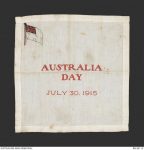 3 March (commemorating the Australia Acts 0f 1986, removing the
3 March (commemorating the Australia Acts 0f 1986, removing the 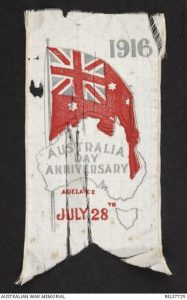 9 July – the date that Queen Victoria gave her royal assent to the
9 July – the date that Queen Victoria gave her royal assent to the
My grade 4 son played this with me a few times, his feedback was it was too easy but fun,…
Brad